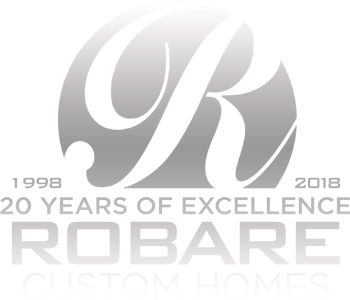
14 Dec Holiday Home Safety Tips
The year-end holidays can be a time for beautiful home decorations, but the Consumer Products Safety Commission warns of an increasing number of injuries from consumers stringing up festive lights and other holiday decorating activities.
During December, CPSC estimates that more than 13,000 people are treated in emergency departments nationwide due to injuries involving holiday decorations. There is an annual average of four deaths and $18 million in property damage related to Christmas tree fires. Also, CPSC reports about 130 deaths and $360 million in property losses related to candle fires.
The CPSC suggests the following 12 safety tips to help keep your holiday home safe this year:
- Check for freshness when buying a live Christmas tree. A fresh tree is green, its needles are hard to pull from branches, and don’t break when bent between your fingers. The bottom of a fresh tree is sticky with resin and, when tapped on the ground, the tree should not lose many needles.
- Keep trees away from heat sources. Fireplaces, vents, and radiators can rapidly dry out live trees and increase the risk of flammability. Be sure to keep the tree stand filled with water and monitor water levels daily. Place the tree out of the way of foot traffic, and do not block doorways with the tree.
- Check for a “Fire Resistant” label when buying an artificial tree. It indicates the fake tree is more resistant to catching fire. But still exercise caution since an artificial tree, like a live evergreen, can still catch fire.
- Avoid sharp, weighted, or breakable decorations when trimming a tree with children. Keep trimmings with small removable parts or ones that resemble food or candy out of children’s reach to avoid choking dangers.
- Keep burning candles within sight. Extinguish all candles before you go to bed, leave the room, or leave the house.
- Keep candles on a stable, heat-resistant surface. Chose a place where kids and pets cannot reach or knock over burning candles. Lit candles should also be placed away from flammable items—trees, decorations, curtains and furniture.
- Use only lights that have been tested by nationally-recognized laboratories, such as UL. Decorative indoor and outdoor lights must meet strict requirements. UL’s red holographic label signifies that the light decorations meets safety requirements for indoor and outdoor usage. UL’s green holographic label signifies the lights are safe for indoor use only.
- Check each set of lights for damage. Discard decorative light sets with broken or cracked sockets, frayed or bare wires, or loose connections. Do not use electric lights on a metallic tree.
- Check each extension cord to make sure it is rated for the intended use. Indoor extension cords should not be used for outside lights.
- Check outdoor lights for labels showing that the lights have been certified for outdoor use, and only plug them into a ground-fault circuit interrupter (GFCI)-protected receptacle or a portable GFCI.
- “Fire salts” should be used with care. The salts, which produce colored flames when thrown into lit fireplaces, contain heavy metals that can cause intense gastrointestinal irritation and vomiting if swallowed. Keep them away from children.
- Do not burn wrapping papers in the fireplace. A flash fire may result as wrappings ignite suddenly and burn intensely.







